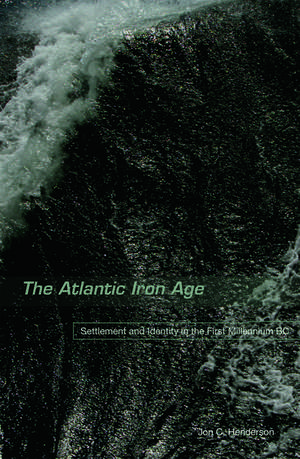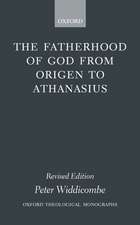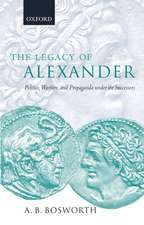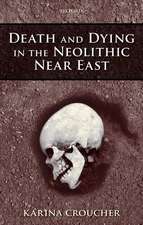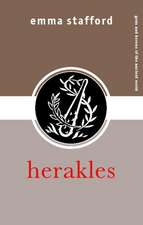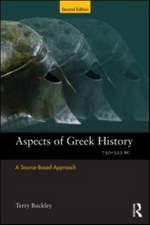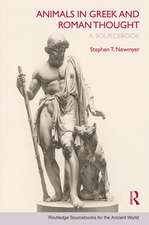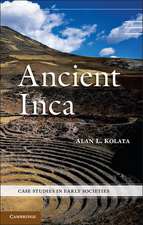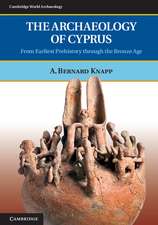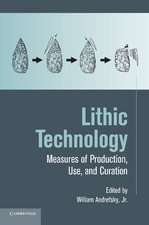The Atlantic Iron Age: Settlement and Identity in the First Millennium BC
Autor Jon Hendersonen Limba Engleză Paperback – 16 dec 2011
| Toate formatele și edițiile | Preț | Express |
|---|---|---|
| Paperback (1) | 407.19 lei 6-8 săpt. | |
| Taylor & Francis – 16 dec 2011 | 407.19 lei 6-8 săpt. | |
| Hardback (1) | 1069.23 lei 6-8 săpt. | |
| Taylor & Francis – 20 noi 2007 | 1069.23 lei 6-8 săpt. |
Preț: 407.19 lei
Nou
Puncte Express: 611
Preț estimativ în valută:
77.92€ • 80.51$ • 64.82£
77.92€ • 80.51$ • 64.82£
Carte tipărită la comandă
Livrare economică 20 martie-03 aprilie
Preluare comenzi: 021 569.72.76
Specificații
ISBN-13: 9780415683821
ISBN-10: 0415683823
Pagini: 384
Ilustrații: 126 line drawings
Dimensiuni: 156 x 234 x 20 mm
Greutate: 0.54 kg
Ediția:1
Editura: Taylor & Francis
Colecția Routledge
Locul publicării:Oxford, United Kingdom
ISBN-10: 0415683823
Pagini: 384
Ilustrații: 126 line drawings
Dimensiuni: 156 x 234 x 20 mm
Greutate: 0.54 kg
Ediția:1
Editura: Taylor & Francis
Colecția Routledge
Locul publicării:Oxford, United Kingdom
Cuprins
1 Atlantic Europe: the lands of the continuity of tradition 2 Atlantic land and sea 3 The Atlantic Late Bronze Age (1200–600 BC) 4 Atlantic settlement in the first millennium BC 5 The Ultima Thule: Atlantic Scotland and Ireland 700 BC–AD 200 6 The western approaches: South-west England and Armorica c. 750 BC–AD 200 7 Atlantic communities and the sea
Notă biografică
Jon C. Henderson is currently Lecturer in Archaeology at the University of Nottingham. His areas of research lie within the settlement archaeology of the European Iron Age, with a particular focus on the Atlantic regions of Scotland, Ireland, Wales, Cornwall and Brittany. He is also actively involved in underwater archaeology and in 2004 established the Underwater Archaeology Research Centre at Nottingham. He is a Fellow of the Society of Antiquaries of Scotland and a Member of the Institute of Field Archaeologists.
Descriere
This first ever survey of a well-known but neglected topic compiles and examines Iron Age settlement evidence for the 'Celtic Fringe', charting a fascinating history of the region and defining the archaeological Atlantic identity for the first time.
